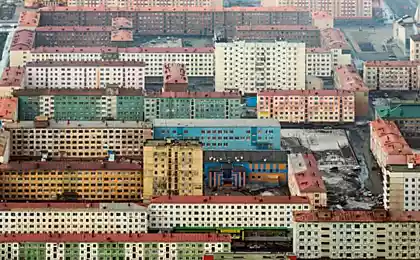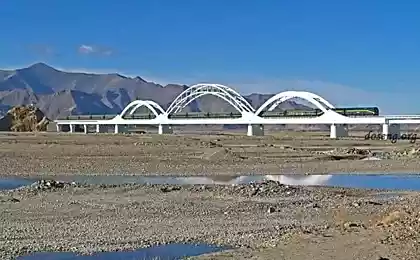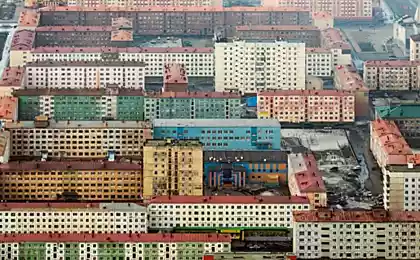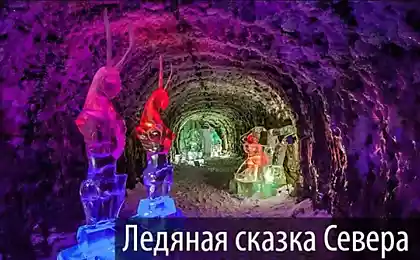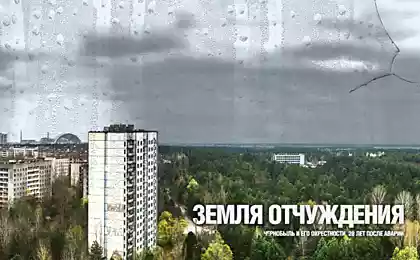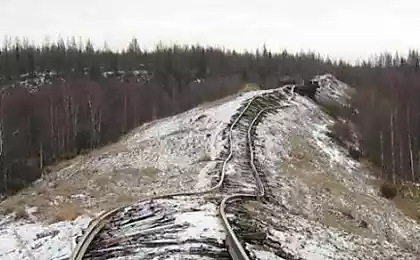271
How to build a skyscraper in the permafrost zone: engineering secrets of the towers of Norilsk

Do you know? In Norilsk there is the northernmost high-rise building in the world - a 16-storey residential building on Talnakhskaya Street, built on permafrost at temperatures up to -60 ° C.
The challenge of the elements: features of construction in the Far North
The construction of high-rise buildings in the permafrost zone is a real challenge for modern engineering. Norilsk, located beyond the Arctic Circle, has become a unique platform for the development and application of revolutionary building technologies.
The main problems of construction in permafrost:
- Instability of soil during seasonal thawing
- Extreme temperature changes
- Strong wind loads
- Short construction season
Technological solutions: how to beat the permafrost
1. Thermostabilization of soil
The main secret of the stability of Norilsk skyscrapers is the system of thermal stabilization of the soil. Special cooling units are built into the foundation of the building, which maintain a constant soil temperature below the freezing point.
On average, 100 to 300 thermal stabilizers are installed under one high-rise building in Norilsk, operating autonomously without the use of electricity.
2. Pile foundation of a special design
Piles in Norilsk skyscrapers reach a depth of 40 meters and have a special design:
- Steel case with anti-corrosion coating
- Temperature compensators for adaptation to ground movements
- Special concrete resistant to freezing-thawing cycles
Unique engineering solutions
1. "Breathing" facade
Buildings in Norilsk are equipped with a special system of ventilated facades, which allows:
- Preventing Naledi Education
- Regulate the temperature regime of structures
- Protecting walls from the damaging effects of rainfall
2. Deformation seams
All high-rise buildings are divided into sections by special deformation seams, which compensate for ground movements and temperature expansion of structures.
Important! The width of deformation seams in Norilsk skyscrapers can reach 30 cm, which is 3 times more than in ordinary buildings in the middle strip of Russia.
Firsthand: Interviews with experts
“Building in permafrost is like playing chess with nature. Every decision must be calculated for decades to come. — Alexander Petrov, chief engineer of the project with 20 years of experience in construction in the Far North.
Key stages of construction:
- Geological studies and soil thermometry (6-12 months)
- Preparation of the pile field (3-4 months)
- Installation of thermostabilization system (2-3 months)
- Construction of the main structures (12-18 months)
- Installation of engineering systems (6-8 months)
Modern innovations
Smart monitoring systems
Modern Norilsk skyscrapers are equipped with digital monitoring systems that monitor:
- Soil temperature at different depths
- Deformation of structures
- Carrier loads
- Status of engineering systems
Each high-rise building in Norilsk is equipped with an average of 200-300 sensors that transmit data around the clock to a single monitoring center.
Construction economy
Construction in permafrost conditions requires significant additional costs:
- The cost of the foundation is higher by 200-300%
- The cost of thermal insulation exceeds the standard by 2-3 times
- Transportation of materials increases the estimate by 40-60%
Conclusion
The experience of building high-rise buildings in Norilsk demonstrates the triumph of engineering over the harsh conditions of the Far North. The technologies developed here are used not only in Russia, but also in other countries with cold climates.
Over the past 50 years, not a single case of destruction of high-rise buildings due to problems with permafrost has been recorded in Norilsk, which confirms the effectiveness of the applied technologies.
The development of permafrost construction technologies continues, and each new project brings innovative solutions, making high-rise buildings in the Far North more reliable and efficient.
Lost towers of Russia: TOP 10 amazing buildings, which few people know
Towers of the future: how artificial intelligence is changing the architecture of high-rise buildings
